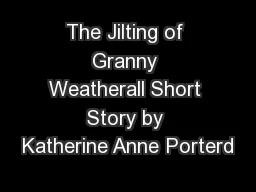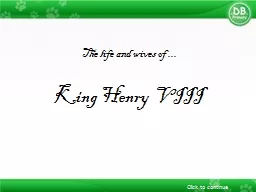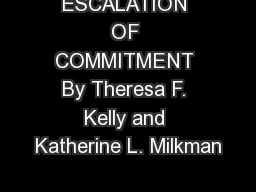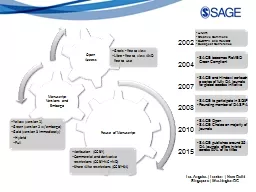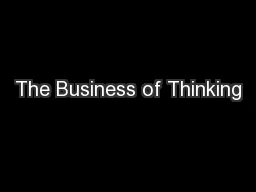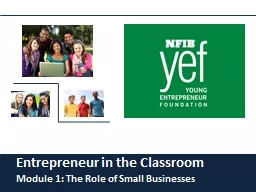PPT-By: Gwenevere Coyl and Katherine Trindell
Author : sherrill-nordquist | Published Date : 2016-03-13
Chapter 5 Section 1 Bell Ringers 1 Look at the chart on page 136 Which groups owned land 2 What do you think the difference was between an
Presentation Embed Code
Download Presentation
Download Presentation The PPT/PDF document "By: Gwenevere Coyl and Katherine Trindel..." is the property of its rightful owner. Permission is granted to download and print the materials on this website for personal, non-commercial use only, and to display it on your personal computer provided you do not modify the materials and that you retain all copyright notices contained in the materials. By downloading content from our website, you accept the terms of this agreement.
By: Gwenevere Coyl and Katherine Trindell: Transcript
Download Rules Of Document
"By: Gwenevere Coyl and Katherine Trindell"The content belongs to its owner. You may download and print it for personal use, without modification, and keep all copyright notices. By downloading, you agree to these terms.
Related Documents


